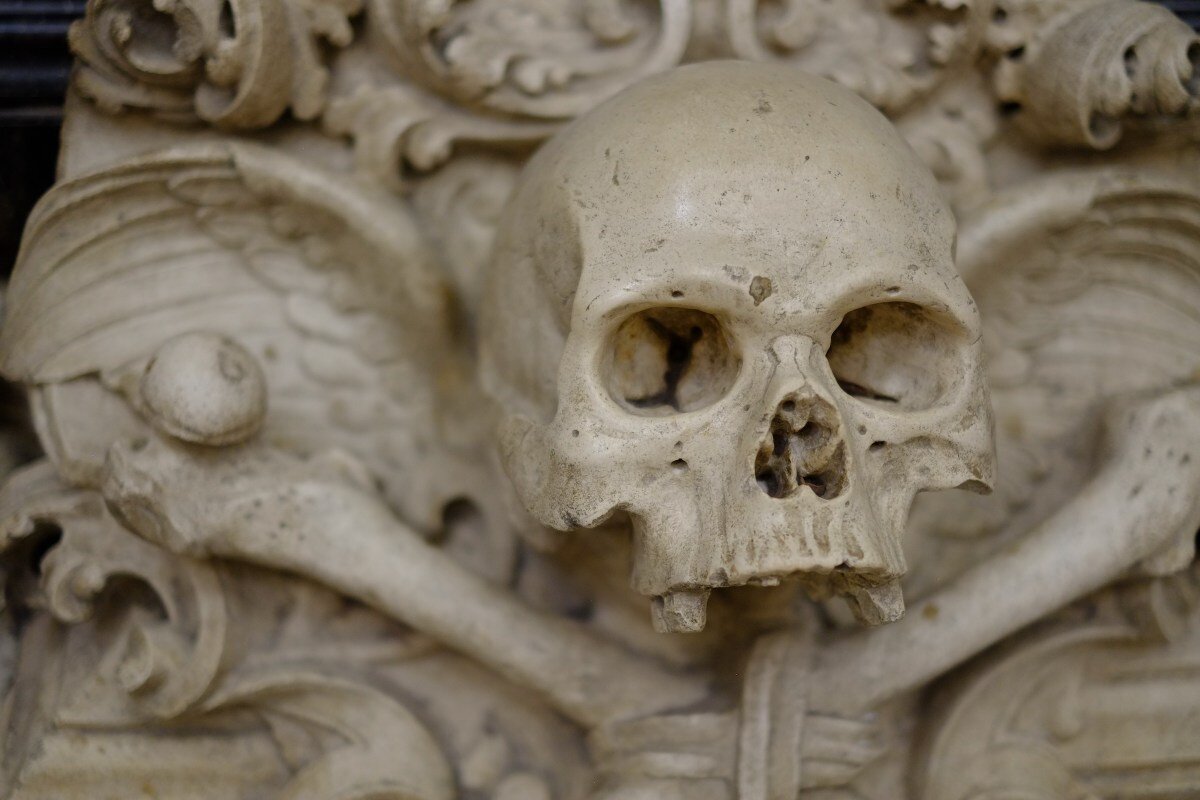The Human Remains Trade On Social Media
The Problem
Social media has propelled the growth of a once-obscure “Red Market” in human remains, enabling a global network of tens of thousands of dealers and collectors to trade in macabre items.
Although laws vary by location, members of these groups appear aware that trading in human remains pushes legal, moral and ethical boundaries.
As a result of increasing demand, shady middlemen have emerged who plunder burial sites and sell stolen body parts to medical students and collectors around the globe.
Robbing graves and burial sites dehumanizes the dead, unjustly depriving families, communities and entire cultures of their legacy and history.
The Specifics
On Facebook there are now at least several dozen human remains groups with a growing membership of more than 300,000 active users.
By hosting private and secret groups online, dealers in human remains provide an environment that offers anonymity and peer-to-peer payment systems.
Demand from medical schools, including in South Asian countries where many remains originate, drives a large part of the global trade.
Collectors also purchase mummies and other items of Indigenous cultural heritage such as bones, jarred body parts, and artifacts made with bones or teeth.
The human remains trade perpetuates a fundamental disrespect for the dead and resurrects dark Colonial-era bone-collecting practices.
Rising demand has sparked growing instances of grave-robbers looting cemetaries and burial sites in developing countries in order to sell plundered body parts online.
In 2018 and 2019, thieves robbed medieval ossuaries in France and the U.K. stealing more than a dozen 700year-old skulls. Some were later posted for sale on social media.
The human remains trade is growing online at the same time that many cultural institutions around the world are recognizing that they ought to repatriate stolen human remains.
Historic Evolution
Medical schools have long demanded human specimens, and for more than a century, India was the world’s primary supplier.
After India banned human remains exports in 1985, the supply chain shifted to China, which in turn banned exports in 2006.
Despite these bans, human remains sourced from China and India make up
the bulk of medical specimens offered for sale online, and both countries contend with a growing number of grave robbers.
The trade in human remains echoes dark Colonial-era practices that dehumanize the dead and creates incentives for unscrupulous actors to desecrate graves or for buyers to ignore suspicious origins.
Though ethically and morally distasteful, the trade in human remains is poorly regulated, and some aspects of relevant laws are hard to enforce.
Key Facts and Figures
Researchers first reported on human remains being traded on social media in a 2004 report. Etsy became the first platfrom to ban human remains selling in 2012. eBay followed suit in 2016.
Although major social media platforms like Facebook and Instagram have policies prohibiting human remains trading, these are rarely enforced. At the same time, social media algorithims are enabling buyers and sellers to find each other rapidly, and platform features are facilitating their commerce.
Most buyers and sellers are collectors who perceive accumulating human remains to be a legitimate, if eccentric, hobby. Operating in a legal grey zone, they have established an international trade network with major nodes in Europe and North America.
More than five years of investigation to date by two founding members of The Alliance To Counter Crime Online monitoring Facebook, Instagram and other major e-commerce platforms has identified thousands of instances of human remains being illicitly or suspiciously traded in more than two dozen public and closed groups that have a combined membership of more than 300,000.
Current Law
Laws on human remains trading vary from country to country, and from state to state within the United States. Most laws don’t explicitly ban private commercial person-to-person collecting.
In the United Kingdom, human remains that are less than 100 years old are governed by the Human Tissue Act of 2004. In the U.S., only Native American remains are federally protected, under the Native American Graves Protection and Repatriation Act.
The import, export and advertised sale of recently buried remains, and the trade in human remains items with Indigenous cultural heritage, are widely prohibited. Human remains are not specifically mentioned in the 1970 UNESCO Convention on Cultural Property, but would be classified as protected materials.
Proposed Legal Reform
New laws are needed to govern the collecting of human remains and should be distinct from laws regulating funeral homes, hospitals, medical schools, and universities. Tech platforms should lose the immunity they enjoy for hosting and facilitating illegal activity.
ACCO’s Mission
The Alliance to Counter Crime Online is a team of security experts, academics, NGO leaders, and citizen investigators who have come together to push organized crime and terror activity off Internet platforms.







